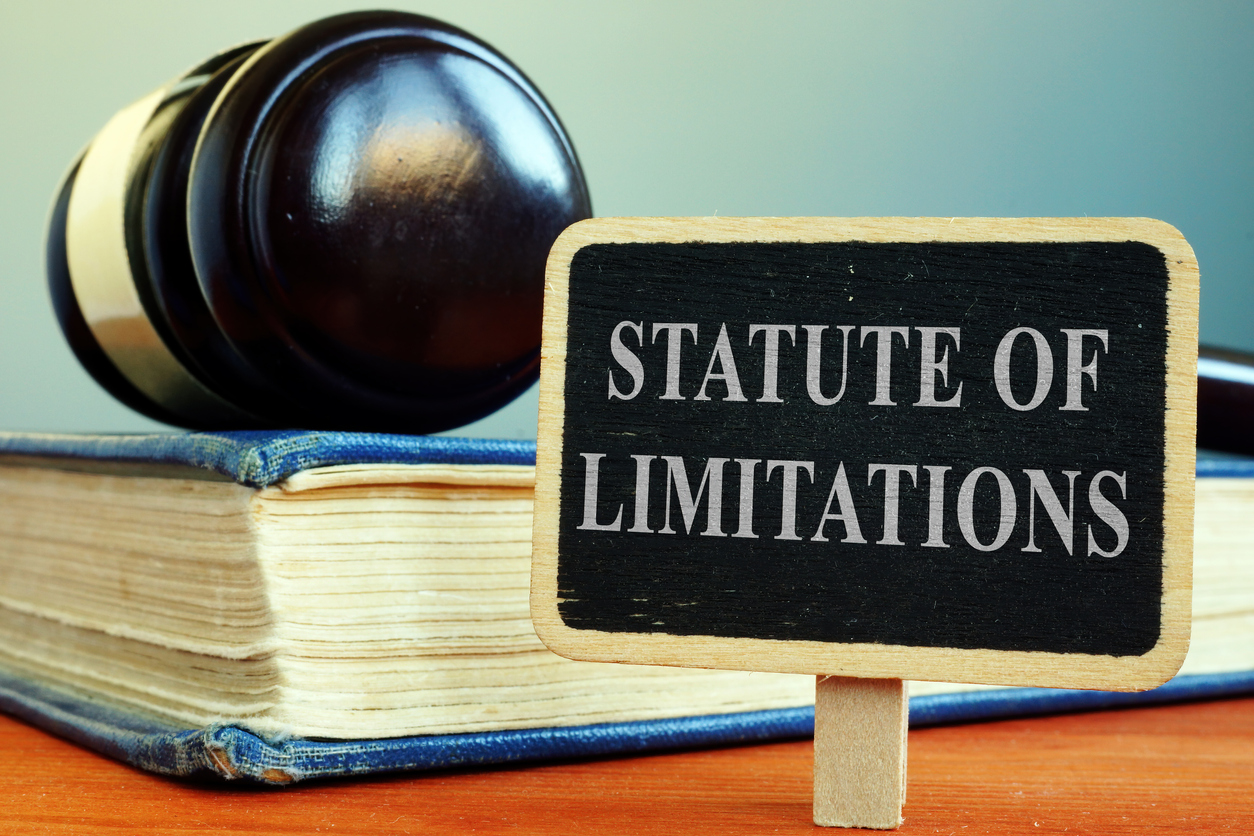In Balestrieri v. American Home Assurance Company,1 the plaintiff’s home was destroyed by a fire. At the time of trial, she had been paid over $900,000 based on the estimate of the house’s actual cash value, however she contended that the clear weight of the evidence demonstrated her entitlement to approximately $400-500k more than the insurer already paid. The jury instruction was as follows:
The terms “actual cash value,” “fair market value,” and “market value” are generally synonymous.
The proper test of actual cash value in a particular case depends upon the nature of the property insured, its condition, and other circumstances existing at the time of the loss.
The tests generally used to determine actual cash value are the market value of the property, the reproduction or replacement cost of the property, and the broad evidence rule. Under the broad evidence rule, any evidence logically tending to the formation of a correct estimate of the value of the insured property at the time of the loss, including evidence of the fair market value and the replacement cost of the property, may be considered.
* * *The actual cash value of the replacement cost of the damage to the home is the real value of the property in money. The actual cash value is not the cost to replace or rebuild the home. In determining actual cash value you may consider the cost of replacement or repair, depreciation (meaning the wearing out or obsolescence of the property, if you find that the useful life of the property may be estimated with reasonable certainty), the opinions as to value of any qualified witnesses, the fair market value of the replacement costs, and any other factor in evidence which you find has a logical tendency toward correct estimation of value. You should award such amount, if anything, as will fairly compensate the Plaintiff for whatever loss she has suffered as a result of the fire loss. See Surratt v. Grain Dealers Mut. Ins. Co., 328 S.E.2d 16, 19–20 (1985); Kinlaw v. North Carolina Farm Bureau Mut. Ins. Co., 389 S.E.2d 840, 844 (1990); Fowler BarnhamFord v. Ins. Co., 45 N.C.App. 625 (1980).
Emphasis added.
As noted above, North Carolina follows the Broad Evidence Rule for the purposes of calculating actual cash value. Therefore, as the appellate court noted, “the parties were permitted to introduce opinion testimony from multiple individuals with expertise in areas such as construction, insurance loss, appraisal, etc. As one might expect, there was conflicting evidence presented regarding the condition of the remaining structure, depreciation, the scope of the work that would have been necessary to replace or rebuild the home, and the replacement cost value.”2
The court found that the jury’s verdict was not against the clear weight of the evidence:3
Defendant AHAC’s corporate representative testified that AHAC’s Actual Cash Value figure was based upon the evaluation of Mr. Barry Schoch (“Schoch”), with Property Loss Specialists—$1,013,087.76 [replacement cost value]—$79,658.39 [depreciation at approximately 8%] = $933,429.37 [actual cash value]. (Pl.’s Exh. 260) This is the same mathematical formula proposed and adopted by Plaintiff’s own purported experts, except that Schoch’s calculation applied a lesser rate of depreciation than the 10% figure suggested by Plaintiff. AHAC also presented evidence from another source, Mr. Terry Lentz, who estimated the replacement cost value to be $1,069,350. Mr. Lentz’s replacement cost figure with a 10% depreciation results in a lower actual cash value figure than the award actually paid Plaintiff. (See Def.’s Mem. In Opp’n, at 5–6.) AHAC contends that its damages figures, while less than the amount sought by Plaintiff, are within three (3) to five (5) percent of what Plaintiff suggests is the true actual cash value of the Blowing Rock property. The Court, therefore, finds that the jury’s verdict is not against the clear weight of the evidence as to Actual Cash Value.
1 Balestrieri v. Am. Home Assur. Co., No. CIV. 5:07CV109-V, 2010 WL 1533375 (W.D.N.C. Apr. 15, 2010).
2 Id. at 1-2.
3 Id. at 2-3.



